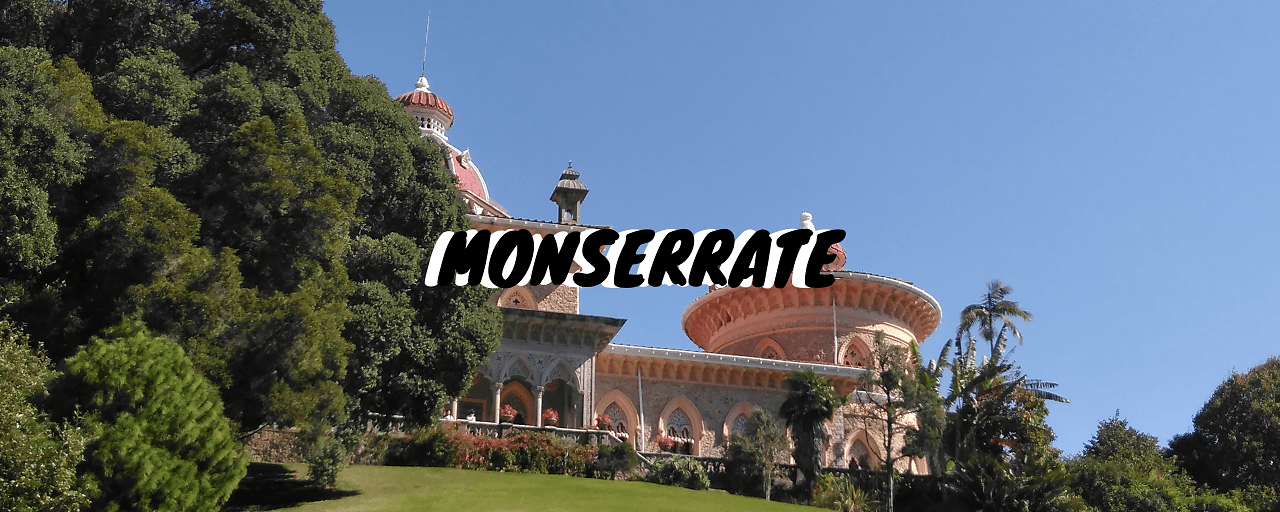
The Monserrate Park and Palace is located on Rua Visconde de Monserrate, Sintra. Integrated in the Parks of Sintra, Monserrate often goes unnoticed next to other major monuments such as the Pena Palace. However, we consider this to be one of the best destinations in Sintra.
The visiting tickets (2020) can be purchased in person at the ticket office (8€/adult) or online (with a 5% discount, of which 7.60€/adult).
about the construction
Although the first building built in the current Parque de Monserrate originated in the 16th century, the one that is currently visited was only built in the 19th century.
Over the years, several people have lived in this property, changing its structure. People connected with the Hospital of All Saints in Lisbon passed by, a Christ commander and Viceroy of India, merchants and even an English writer.
However, it was only in the 19th century, when Francis Cook, an English merchant, got to know the place that built the palace known today, following the English style and choosing the romantic genre.
The new owner thus created a property with Gothic, Indian and Moorish influences.
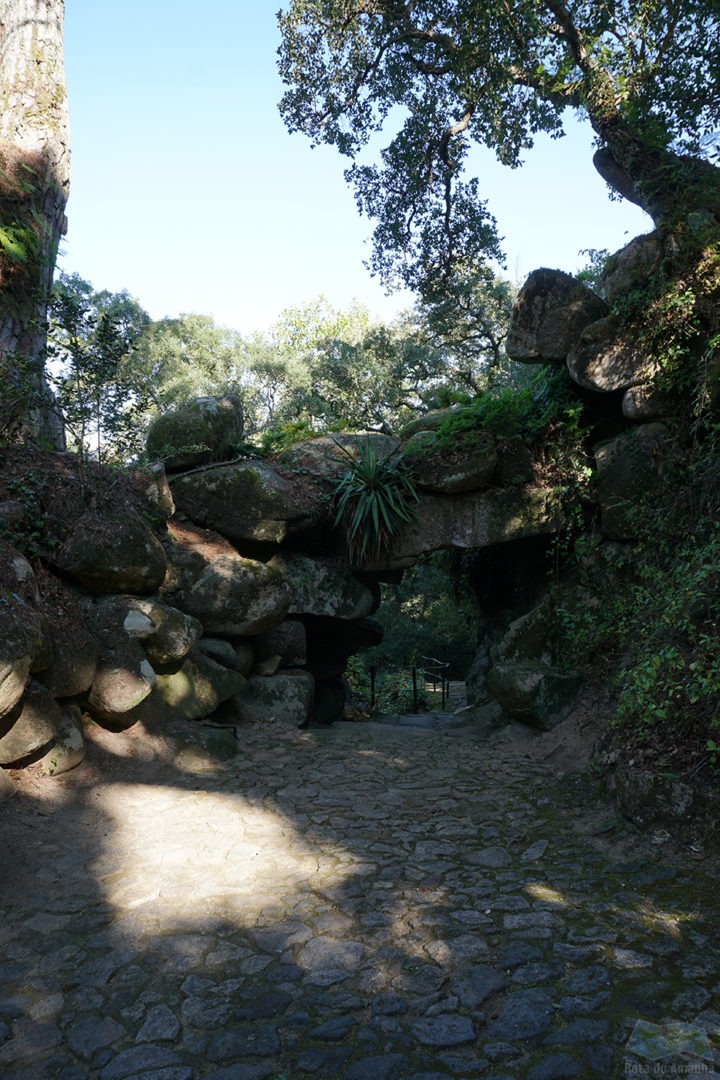
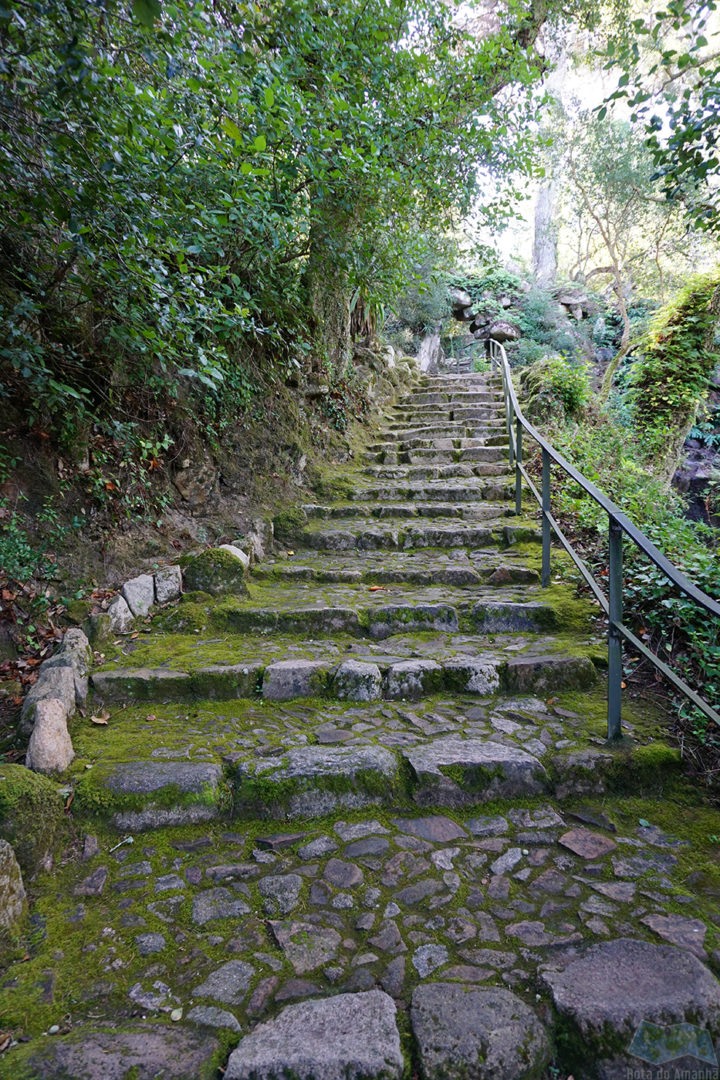
We also find different influences in the gardens. In total, more than 2000 people worked on the construction of the Monserrate Park and Palace (you can learn more about the history on the website itself) here).
In addition to the construction of the Monserrate Park and Palace, Francis Cook was associated with other works in the region, having obtained the title of Viscount of Monserrate, given by King D. Luís I.
Subsequently, the palace and its interior are sold as a result of monetary problems in the Cook family. It is possible to see some newspaper clippings of the time announcing the sales in some rooms of the Palace.
At the end of the first half of the 20th century, the Government acquired the Palace. Since 2000 it has been part of Parques de Sintra and has been open to the public since 2010.
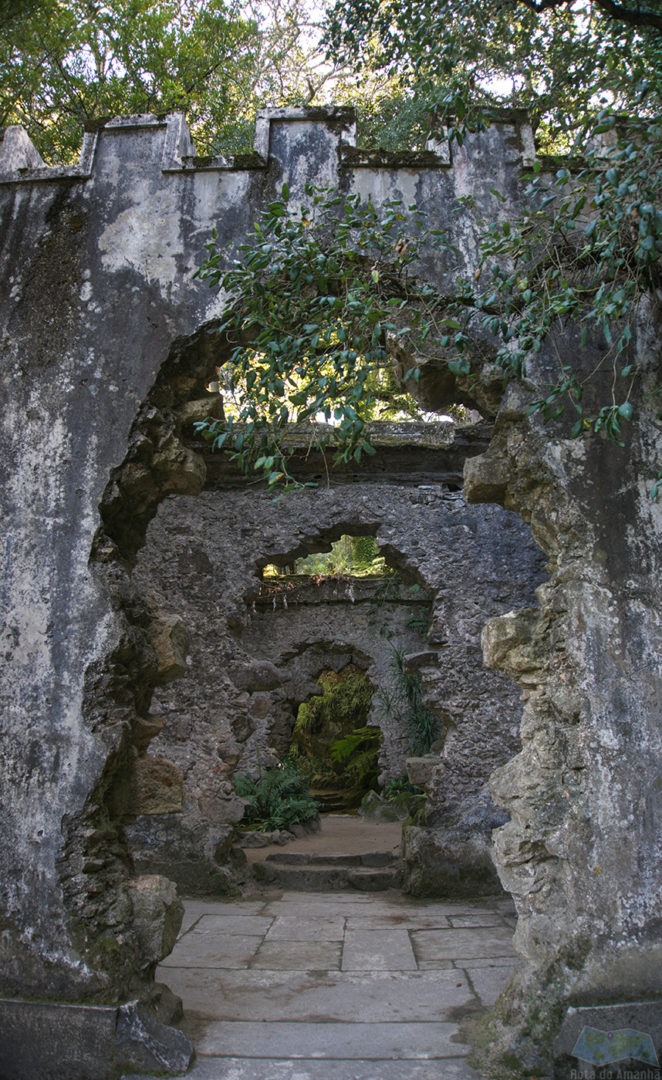
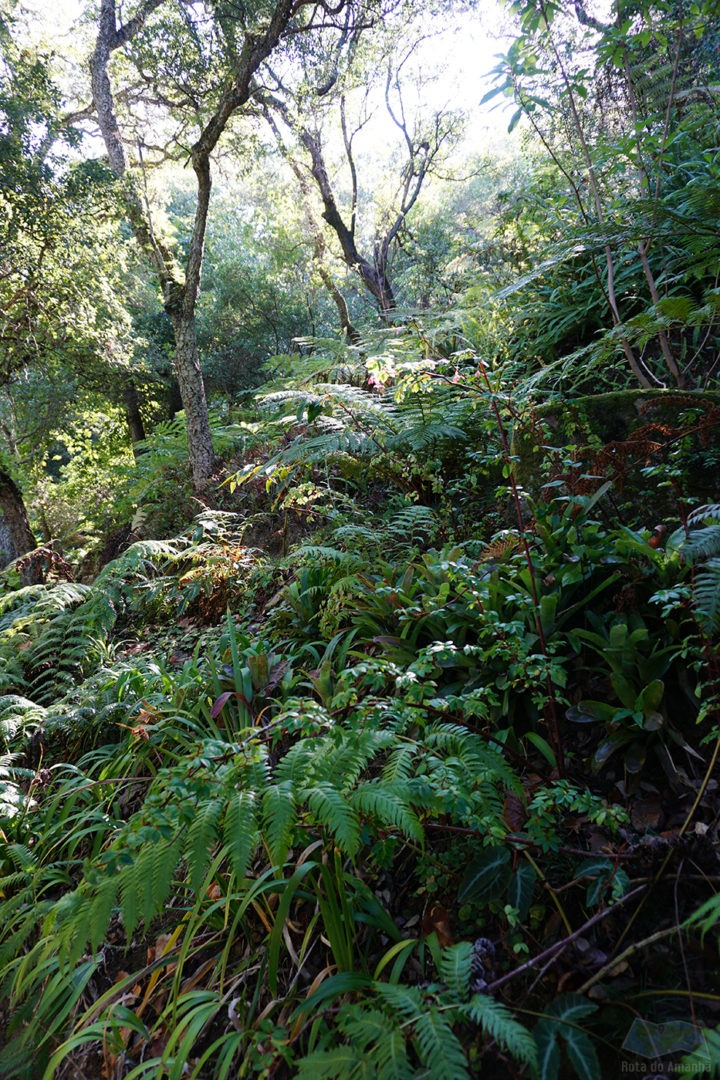
o que ver no Monserrate
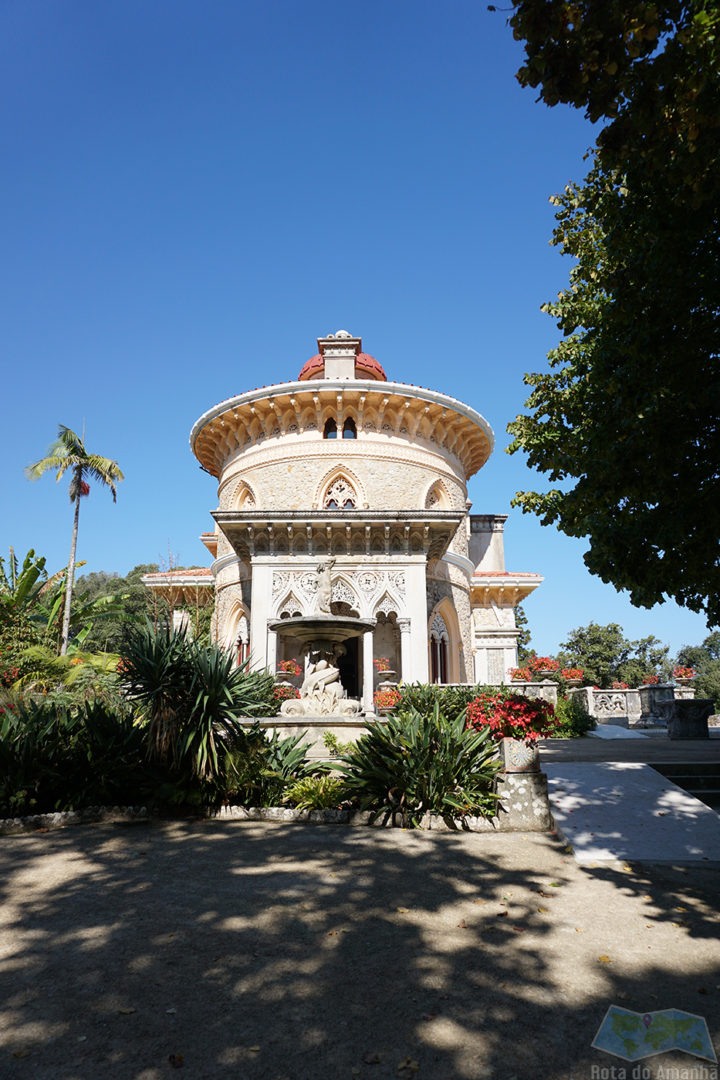
As soon as we enter the park we are faced with different possible directions that, through paths flanked by the most diverse flora, leads us to different parts of the park. In addition to the palace, there is also a lake, a waterfall, the ruins of an old chapel, a rose garden, the valley of ferns, the Garden of Japan, the Garden of Mexico and many other beautiful and different locations.
We chose to head towards the lake, passing through the Vathek Arch, an arch made entirely of stone (in the image above), leading to the lake.
Following, we found several paths and chose to visit the ruins of the old chapel.
This is described by the Park as a false ruin, by Francis Cook, and where there was a sarcophagus.
Following the path, we come across the valley of ferns (Vale dos Fetos), where, according to information signs, there are more than 40 species of ferns, being this area in the process of restoration since 2008.
Passing through this part of the garden, we find different trees that stand out for being clearly completely different species, demonstrating, once again, how great this park is in terms of flora.
Finishing this path, we finally meet the Monserrate Palace.
The palace is free to enter for those in the park and your visit is also free in terms of movement, that is, there is no mandatory visit order.
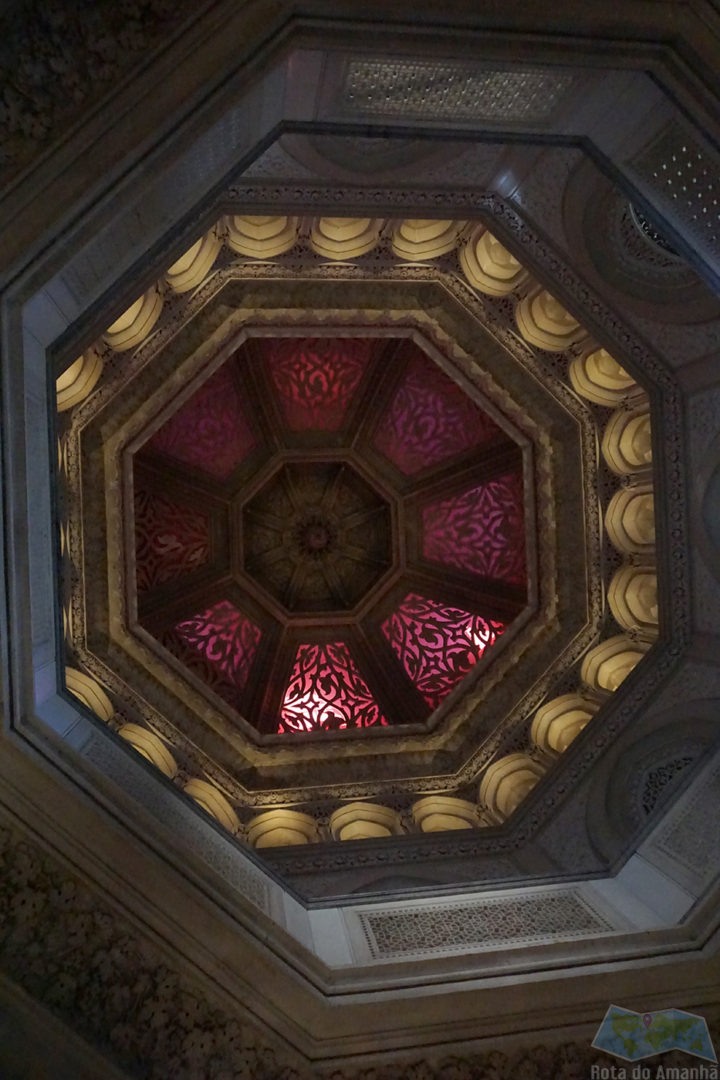
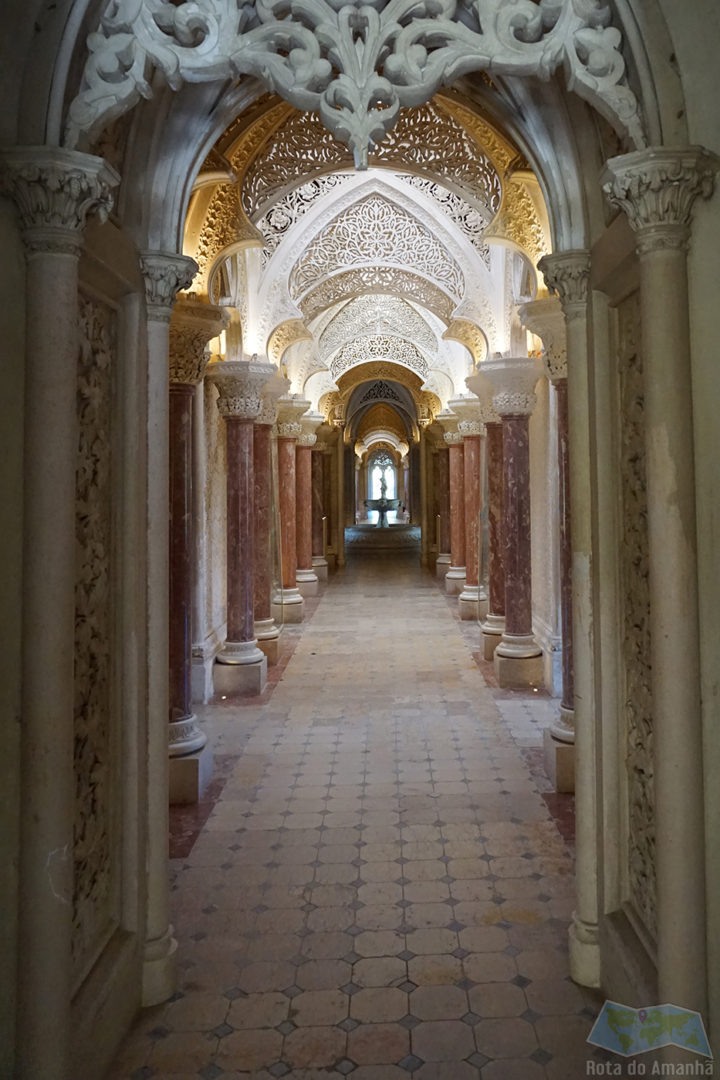
As soon as we enter the Palace our eyes are fixed on the ceiling, due to the dome in red tones. Looking to the sides, we come across the so-called gallery, a corridor where the arches of the different rooms seem to fit perfectly (images below).
Here it is possible to visit a dining room, a library (which according to the signs is the only room with a door), a living room, a music room (with an incredible piano and a beautiful ceiling) and many other rooms. It is also possible to visit the floor below and see what was the kitchen of the palace. Upstairs it is only possible to visit a tower where we find information about the former owners and the history of the palace.
Leaving the palace, we follow a long lawn, which gives us an even more beautiful view of the building at the top of the property.
Following the path between the lawn, we arrive at the rose garden, where there are more than 200 varieties. However, due to the time of year we visited, we were unable to see this part of the garden at its best, although there were some surviving roses at the time of year.
Then we followed the signs to visit what we lacked: the Mexico Garden. In this part of the garden the difference in flora is notable, marked by the existence of several flowers typical of warmer areas.
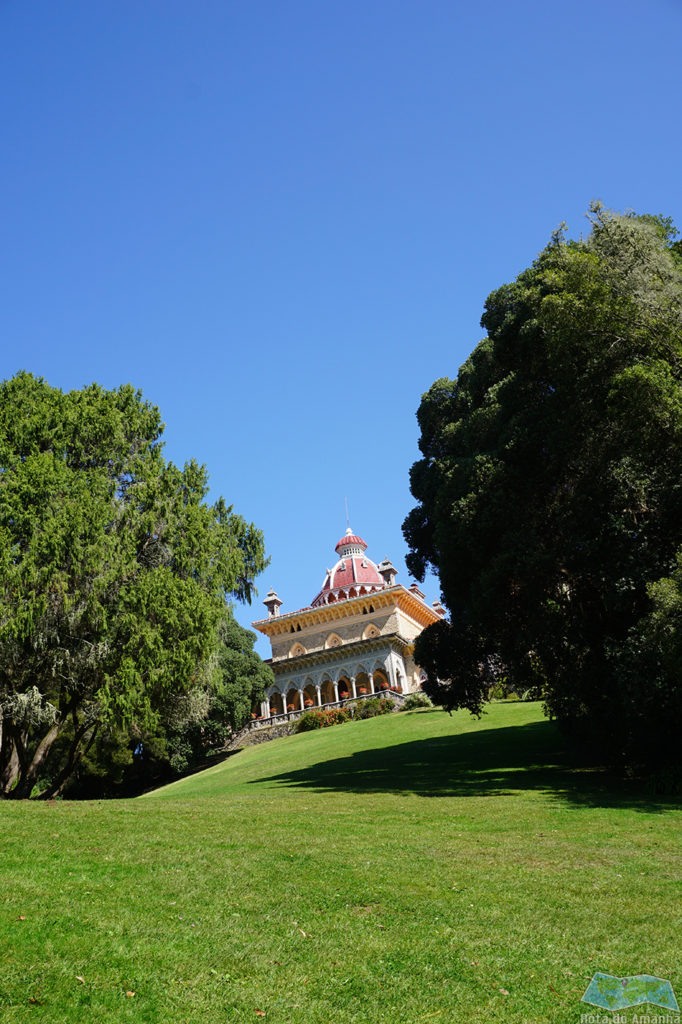
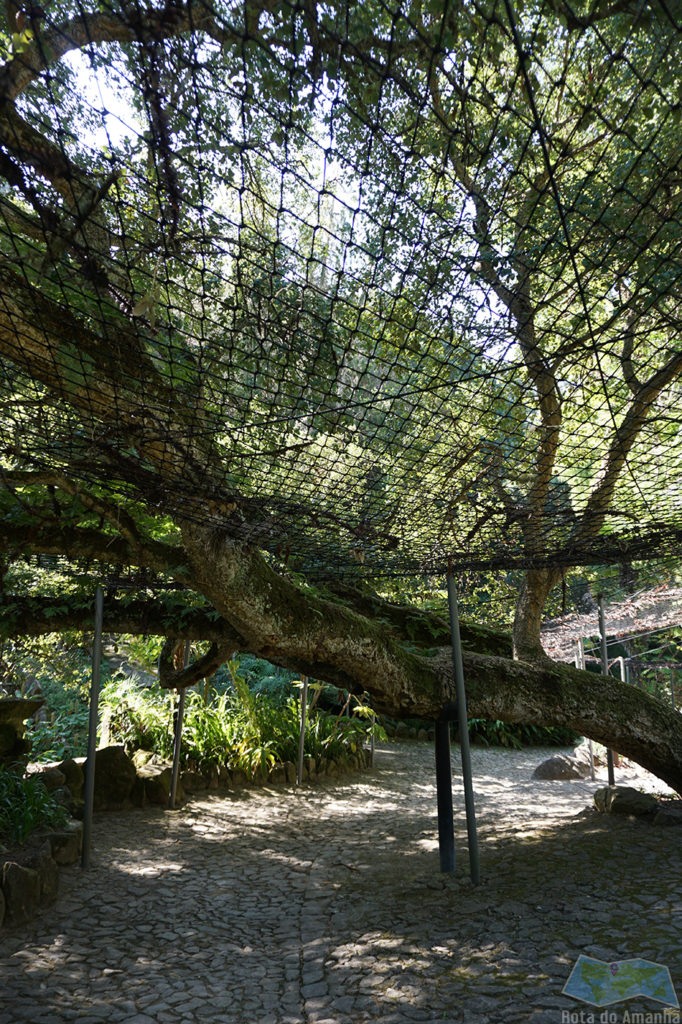
The path from this garden to the exit led us to a part where the path was protected by nets. A brief reading of the information boards explained the reason: possible drop of fruit weighing more than 10 kg in weight, which is also an indication of the type of exotic and diverse plants found on the property.
The Monserrate Park therefore has several paths that take us to completely different scenarios. The property, whose maintenance is the responsibility of Parques de Sintra, is extremely well maintained and is undoubtedly an almost necessary stop for anyone who decides to visit Sintra.
It should also be noted that the Park has free parking in front, which in Sintra is not very common.
more to see
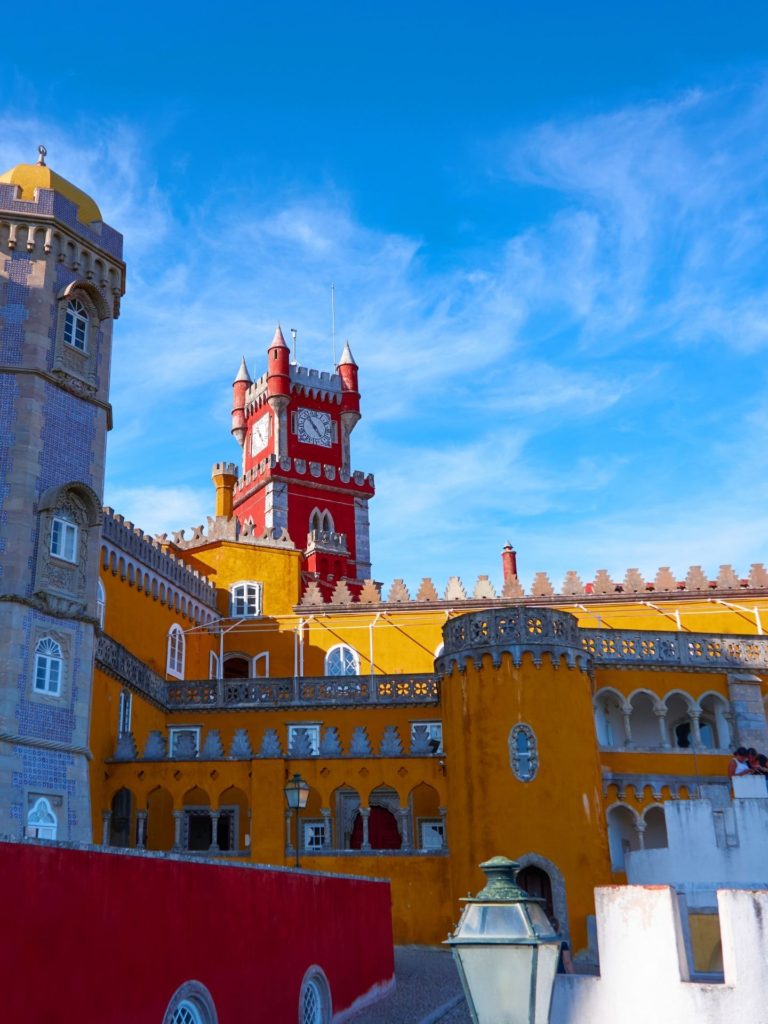
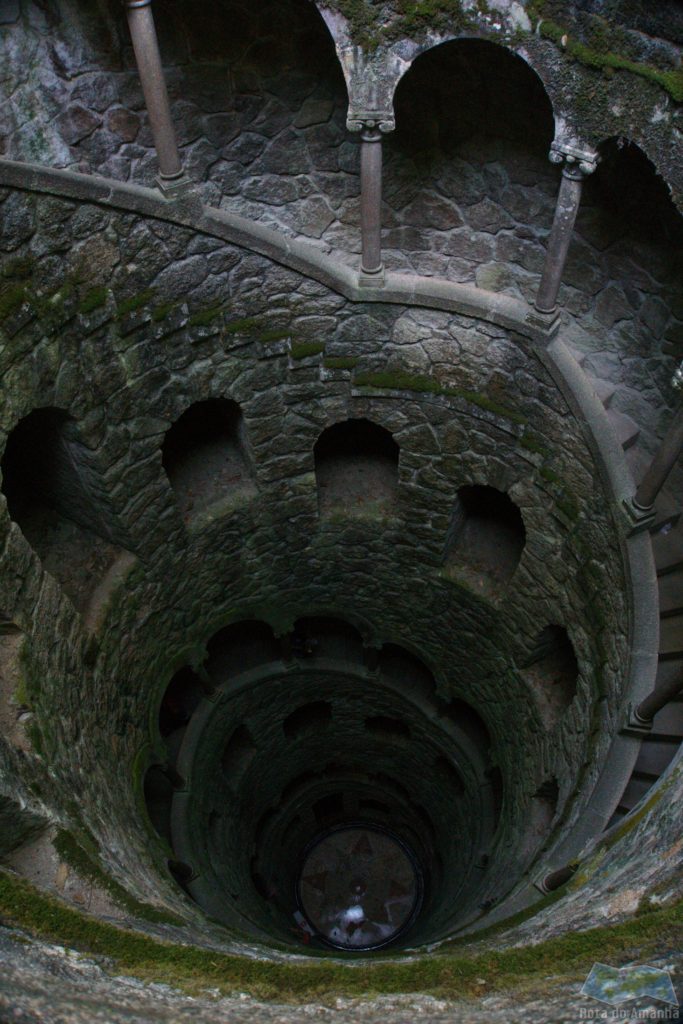
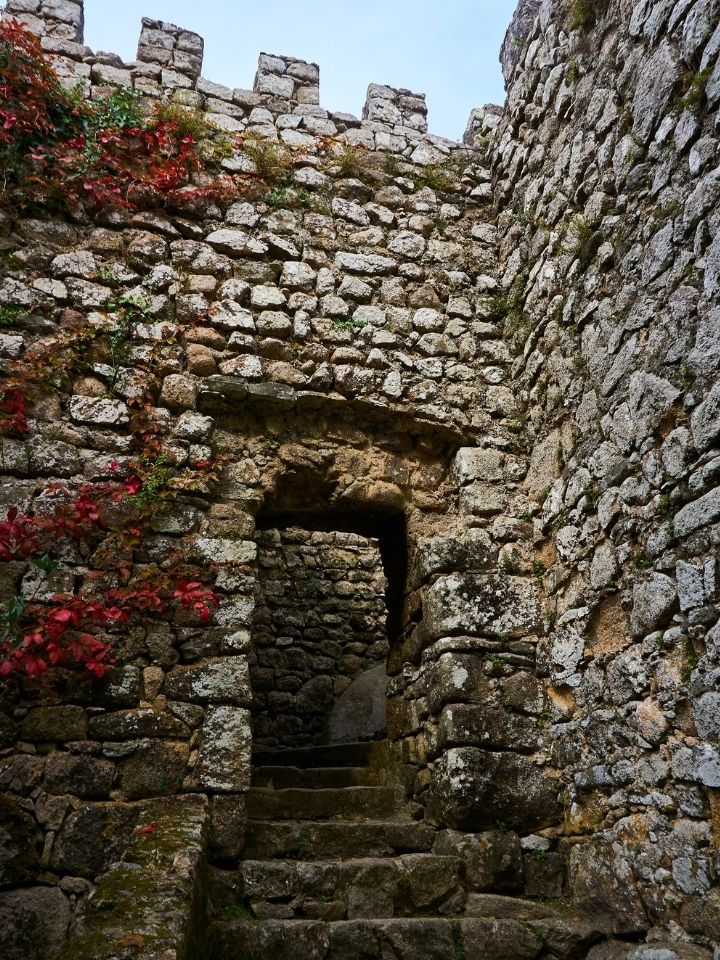
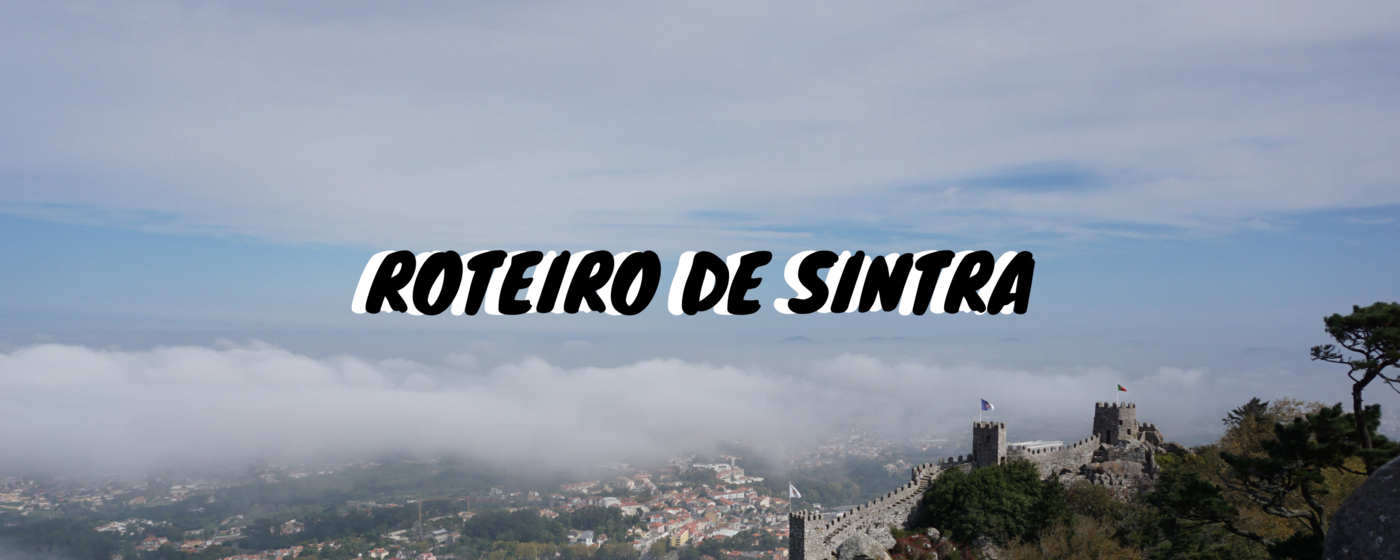

Onde estacionar?
Olá André!
O Palácio do Monserrate tem um estacionamento mesmo à porta, que foi onde nós estacionámos. Na altura haviam sempre lugares vazios devido à afluência de entradas e saídas. No entanto, e se este estiver cheio, na mesma rua, a cerca de 200m para a direita do palácio, há uma placa para uma estrada secundária que indica um estacionamento alternativo.
Esperamos ter ajudado 😊